Many different types of toilet have been invented over the ages, each with its own ingenious way of keeping humans and their effluent apart.
There is evidence of toilets with running water to "flush" them as far back as Bronze-age settlements in Scotland 5,000 years ago.
The Romans used running water to wash toilet waste into their sewers and clean the sponges they used to wipe themselves.
In Britain and many other countries we used potties and simply threw the contents into the street to empty them.
The commode came next - basically a potty with a lid.
In medieval times, posh Brits had a "garderobe", an inside toilet that emptied straight into a cesspit or moat.
The need for household toilets and widespread sewers was clear by the mid 1850s, especially after The Great Stink of 1858.
The first London sewer was completed in 1865, around the time modern toilets were being mass marketed.
Sewers did exist before though in many ancient cities, but were prone to blockages and gas explosions.
Thomas Crapper was a Victorian plumber who is often said to have invented the first flushing toilet in the 1860s. Thomas Crapper:
In fact, Sir John Harrington created a fully flushing toilet and built one for his godmother Elizabeth I, and one for himself, in 1592.
This toilet - or water closet - needed 7.5 gallons of water to flush, so the plan was to flush every 20 uses.
Crapper did not invent the flushing toilet, but he did make them, and was the first to exhibit his toilets in a showroom in 1870.
He was one of the first to mass-market the toilet, and he did invent the lavatory.
A lavatory technically means one room containing a basin and a toilet.
In 1861, Crapper was commissioned by Prince Edward, who became Edward VII, to build lavatories in royal palaces.
Oddly, a watch-maker named Alexander Cummings invented an important part of the modern flushing toilet with his S-bend to hide odors of flushed waste.
But Crapper patented the floating ballcock and the U-bend.
Cummings was given the patent for the first flushing toilet in 1775.


1934 – Jane Goodall, English zoologist
1942 – Marsha Mason, American actress


Every April 3rd National Chocolate Mousse Day recognizes the decadent dessert that gained popularity in France in the 1800s.
Mousse is prepared by beating eggs or cream or both to a frothy, airy consistency and then folding the ingredients together to create a light, creamy delight.
While mousse can be either savory or sweet, for this day, we will focus on that all-time favorite, chocolate.
The words mousse and chocolate are derived from the French language, so it isn’t difficult to believe France is where to begin looking for the beginnings of this versatile creation. While we have no exact point in time when this might have been, we do know chocolate was introduced to the French around the year 1615, and they fell in love.
Then a century later, the French developed a method for making a mousse. Savory led the way, but it couldn’t have been long before the same approach was applied to chocolate.
In the United States, an advertisement in The Brooklyn Daily Eagle in 1887 included classes on how to make chocolate mousse offered by a Miss Parloa. She also advised how to make potato soup, larded grouse, potato timbale, and corn muffins.
From dark chocolate to milk chocolate, bittersweet, or any combination, there is plenty of variety when it comes to chocolate mousse.







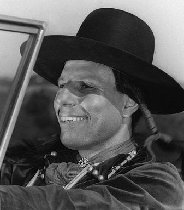




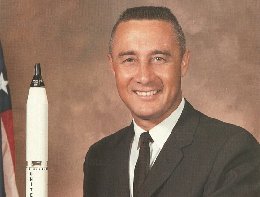


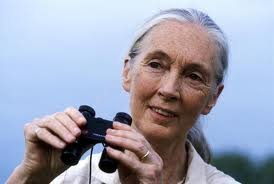
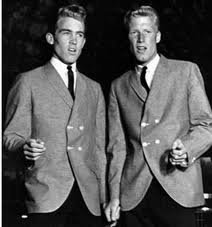




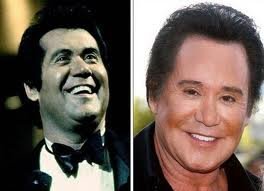








1 comment:
Yes Jan and Dean at Wilson High. A lifetime ago❤️❤️
Post a Comment